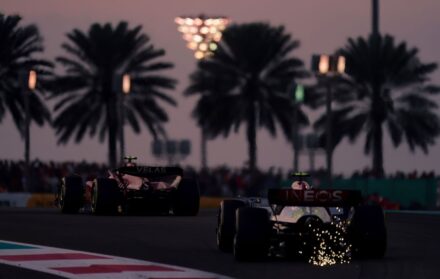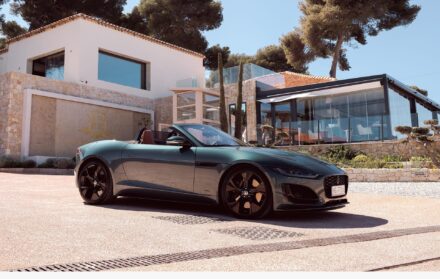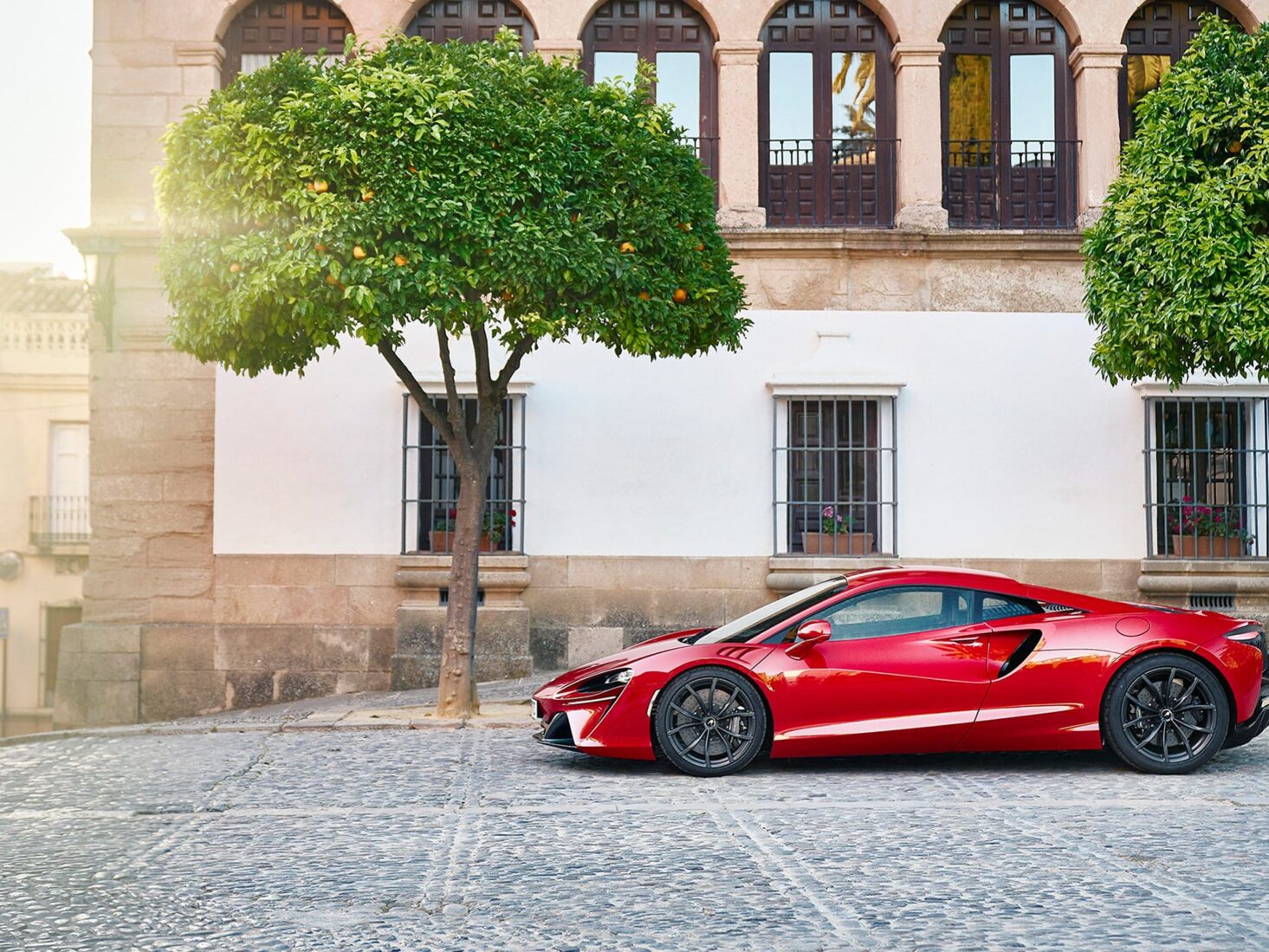
McLaren Artura: On the road with McLaren’s first-ever series-produced hybrid
After a series of technological setbacks, the Woking brand's hotly-anticipated hybrid is finally here
It may be remembered as the Curse of Artura. McLaren’s stunning new supercar is loaded with so much fresh technology that its launch has already been blighted with delays. The Woking brand’s long-awaited hybrid was set to be launched in Spain in October 2021, only for a software fault to halt proceedings days before the first media drives were scheduled to begin. Eight months on, waiting to experience the car on track at the famous Ascari circuit in Andalusia, a component failure caused the sort of PR fluster normally reserved for a Cabinet reshuffle. McLaren’s first-ever series-production hybrid has got off to an awkward start.
Whatever the problem – it wasn’t revealed – McLaren’s team worked through the night to rectify it. Two cars were fixed in time but it’s hardly an auspicious beginning for a ground-breaking model that marks a new era for the company.
The Artura may look like, well, every other McLaren, but what makes this car different is what lies underneath that svelte, aluminium exterior. Replacing the entry-level Sport Series range, the Artura reveals for the first time how McLaren will build for an electrified future. Gone is the company’s outstanding twin-turbo V8, replaced by an all-new, 2,993cc twin-turbo V6 that revs to 8,500rpm. The M630 has been developed with Daniel Ricciardo and is set at a 120-degree V-angle, with the turbos mounted in the middle. The compact, ‘hot-V’ unit saves space and helps trim weight by more than 50 kilos. And in this particular McLaren, weight is an important issue, for the new hybrid system and battery pile on the pounds.
Apart from the aluminium bodywork, the car features countless weight-saving features, including lightweight glass and a carbon-fibre windscreen surround. Even the hinges on the dihedral door have been put on an enforced diet. Artura’s electric motor is mounted in the housing of the eight-speed gearbox, rather than the rear axle, helping to drive the wheels through an electronically-controlled limited-slip differential. Interestingly, there is no mechanical reverse gear – the e-motor provides backward motion.
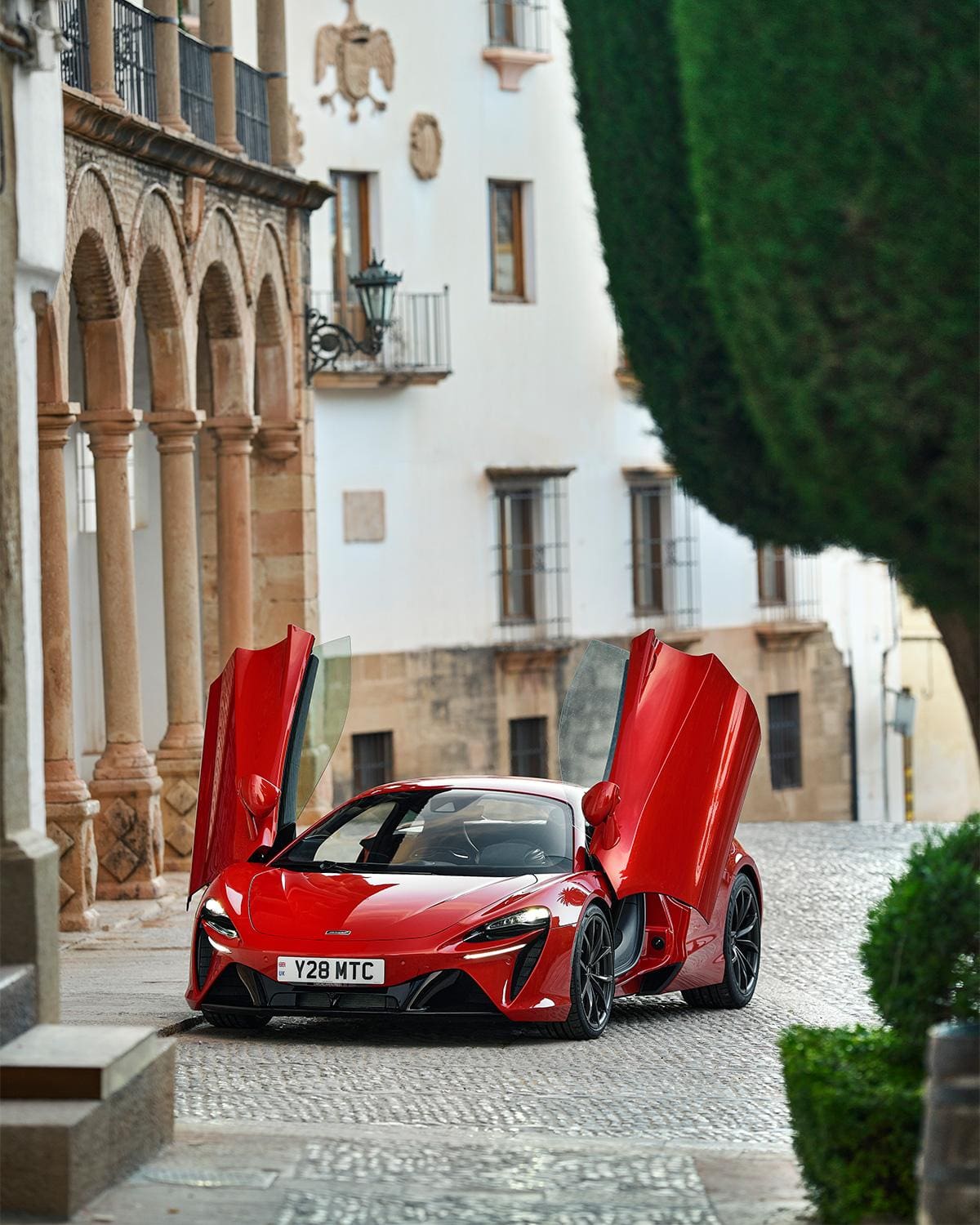
Together, motor and engine produce 531 lb ft of torque and 671bhp: 571bhp from the V6 and the rest from the e-motor. They help the Artura fly from 0-62mph in three seconds, onto a track-only maximum of 205mph. Such heady output is still some way below McLaren’s original hybrid; the P1 debuted in 2012 and produced 903bhp. Built in limited numbers, the P1 came with a price tag of £866,000. Today, it’s worth in excess of £1.5 million.
The Artura’s bodywork and powertrain also sit on an all-new chassis. The next generation carbon-fibre structure is called MCLA and built in-house in Sheffield. It’s six kilos lighter than previous, yet manages to incorporate the battery housing and extra fixings, too. Despite this, the Artura is still 50kg heavier than a McLaren 570S. However, considering the hybrid systems add 140kg, designers have done an incredible job keeping the overall weight trimmed to 1,498kg.
Among the other McLaren firsts in Artura is driver assistance – including the annoying lane departure warning system required in every car. Thankfully, the melodic warning note won’t send you careering off the road in rage. If you can’t keep between the white lines, you probably shouldn’t be driving a car. Over-the-air software updates mean there’s also less need to visit a McLaren service centre. Driving along hairpin mountain roads north of Malaga, it’s impossible to detect any of Artura’s weight gain. The e-motor provides instant torque, catapulting the car forward with an astonishing throttle response.
The benefits of an electric motor in this instance aren’t aimed at improving economy, or saving the planet. Officially, this is the most efficient McLaren ever, returning up to 61mpg. That’s nonsense in the real world – but the 19-mile electric-only range does have side benefits. For example, you can now start a supercar silently in the morning, without waking the neighbours. And while some poseurs like to shout with their twin exhausts, I promise there’s nothing cooler than silently gliding through a sleepy village square powered by a battery pack.
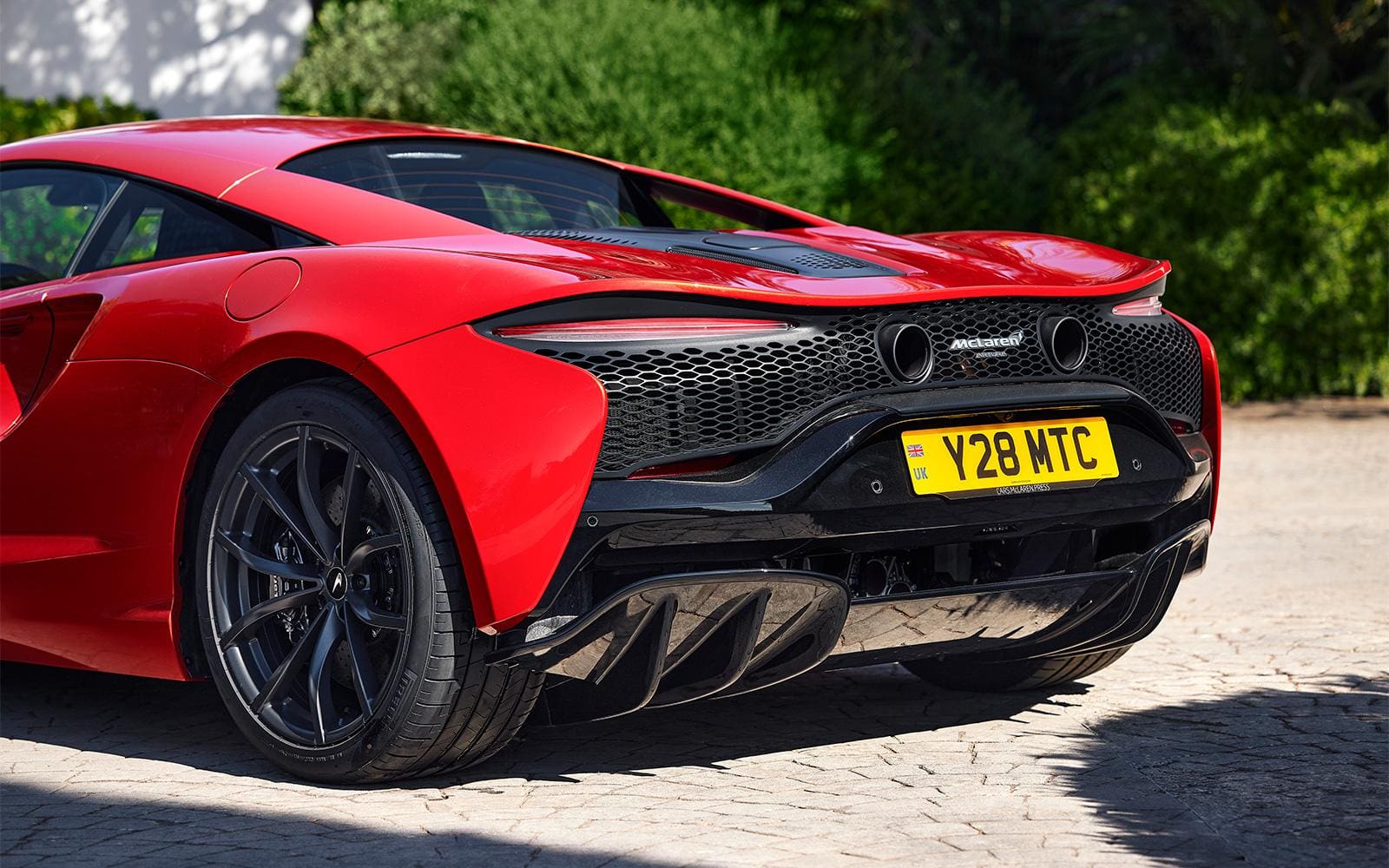
There’s no doubting the car’s performance stats, but apart from missing the aural drama of a McLaren V8, the Artura also feels strangely sanitised. As was the case when I drove the all-electric Pininfarina Battista – the fastest car ever produced – I found the whole experience slightly removed. Artura’s hydraulically-assisted steering isn’t new but feedback to the driver is exceptional. McLaren’s Proactive Damping Control system has also been lightened and updated to boost handling. The driver can choose from four powertrain modes, including E-mode for that silent driving experience. Separate handling mode options are also accessible without taking a hand off the steering wheel – the ride height adjustment for speed bumps is slightly hidden underneath the dash.
Keeping the rear-wheel-drive Artura on the road are Pirelli’s all-new P-Zero Cyber Tyres. As the name suggests, the four tyres feature a chip that ‘talk’ to the car’s electronic systems and generate real-time data. This is far more advanced than a tyre pressure monitoring system, offering temperature and other information to maximise performance. While I doubt anybody would have time to clock a tyre temperature readout hurtling around the Ascari track, Pirelli rubber offers exceptional grip, especially when combined with the stopping power of Artura’s standard, carbon-ceramic brakes.
Inside, McLaren promises a completely new interior but, again, it’s spot the difference. The instrument binnacle now moves with steering column adjustment for a clearer view of the numbers, while the drive mode control sits atop the binnacle. Unfortunately, some of the plastic materials are less than premium. An all-new infotainment screen is light years ahead of what you will find in other McLarens. The Achilles’ heel of past models, this is finally a system worthy of the car, easy to operate one-handed and very intuitive. Remarkably, Artura is also the first McLaren to feature Apple CarPlay, which finally puts it on a par with other stellar vehicles, such as the Dacia Jogger (if you know, you know).
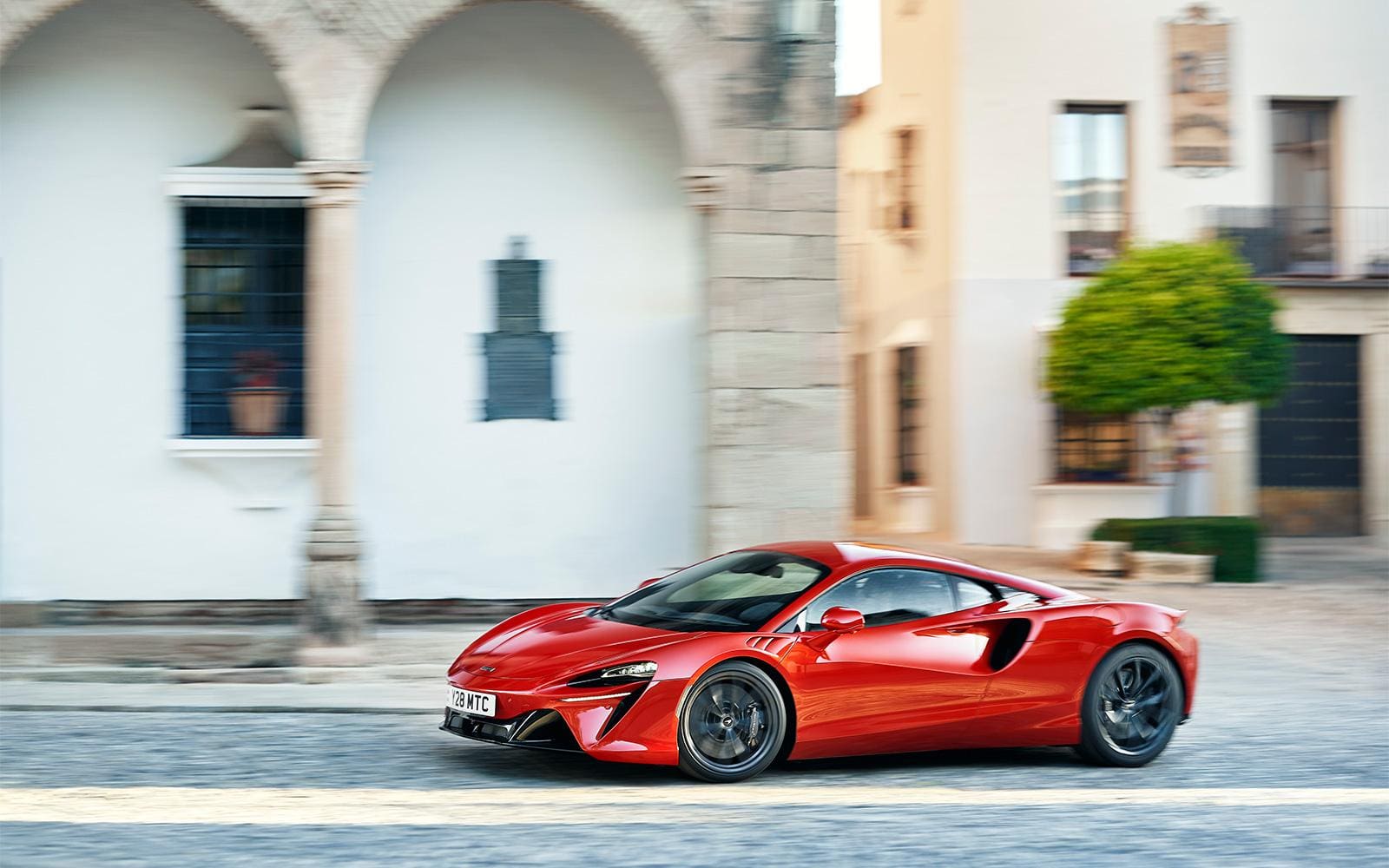
McLaren spokesman, Phil Mockford, added: “From the very beginning of the project, designing and engineering the Artura has been all about challenging ourselves to innovate; pushing and pushing to achieve. The result is the all-new carbon-fibre monocoque, electrical architecture and interior. New, too, is the V6 engine, while the transmission also integrates a new type of electric motor for the industry.”
Potential buyers will be pleased to know that the car comes with a five-year vehicle warranty, a six-year battery warranty and 10-year corrosion warranty. But, with prices starting at £189,200, and climbing to well in excess of £200,000 with options, you’d hope not to have to claim any of those warranties.
McLaren Artura – The Stats
Engine: 3.0L V6 (2,993cc)Torque: 720nmPower: 680psMax RPM: 8,500Top speed: 205mph0-62MPH: 3.0 seconds
Read more: Prodrive’s BRX Hunter is the world’s first £1 million SUV
First deliveries of the Artura are due in July 2022, from £189,200, mclaren.com







